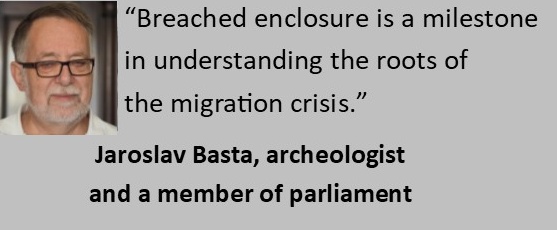Regarding recent comment on the welfare state, I would like to point out that the system of care for workers was not an act of charity, but was based on economic calculation (although the two motivations may well complement each other). The “American economic model” (often discussed in our context by Ilona Švihlíková and Ivo Budil) included the ideal of a well-fed and relatively well-educated worker who knows that he will be taken care of in case of misfortune. An economy based on such a workforce would be much more productive. If good care works for animals, why shouldn’t it work for people?
But the model of a well-cared for worker requires a range of services that, in principle, can only be provided by an institution that is not itself exposed to competition.
Real economic developments have confirmed this. Countries that have adopted this model (Germany being the most prominent example in Europe) have been more successful than others. In fact, we can compare it to the Enlightenment reforms of the 18th century, which gave states such a huge competitive advantage that anyone who did not want to be destroyed by their more successful neighbours had to accept it.
It was only at the end of the 20th century that the idea that “people have it too good” and that impoverished, stressed-out workers would be more motivated took hold. We all know how that turned out.


